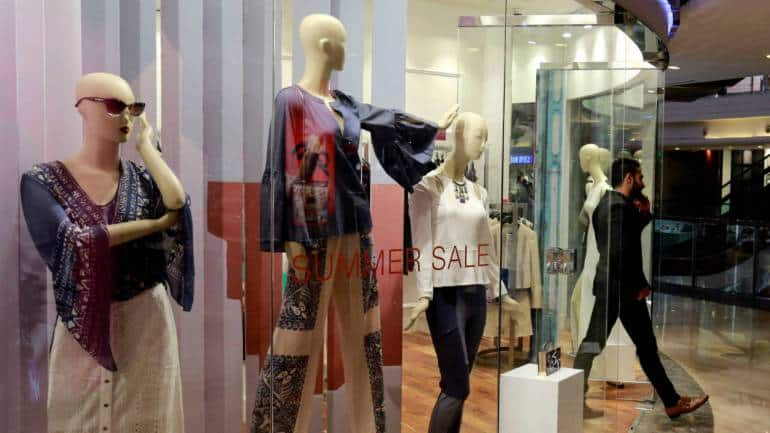
Eco-friendly fashion: India's sustainable apparel market is finding more takers

Eco-friendly fashion: India's sustainable apparel market is finding more takers
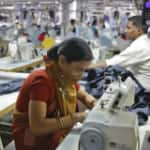
The eco-friendly clothes market in India is growing at a steady pace even as the industry is at a nascent stage. Manufacturers are adopting better practices to produce clothes that leave little impact on the environment. The consumer pattern is encouraging globally, as two-thirds of buyers are willing to spend more on eco-friendly clothes, according to a McKinsey survey.
With the Indian government banning the use plastic bags across numerous states, the increasing chatter around global warming and campaigns against dumping garbage in oceans, the textile industry in India is taking cue and is shifting towards eco-friendly clothing.

Earlier this year, major players like TCNS Clothing, Zara, Levi’s and H&M announced their gradual shift to ethical fashion trends.
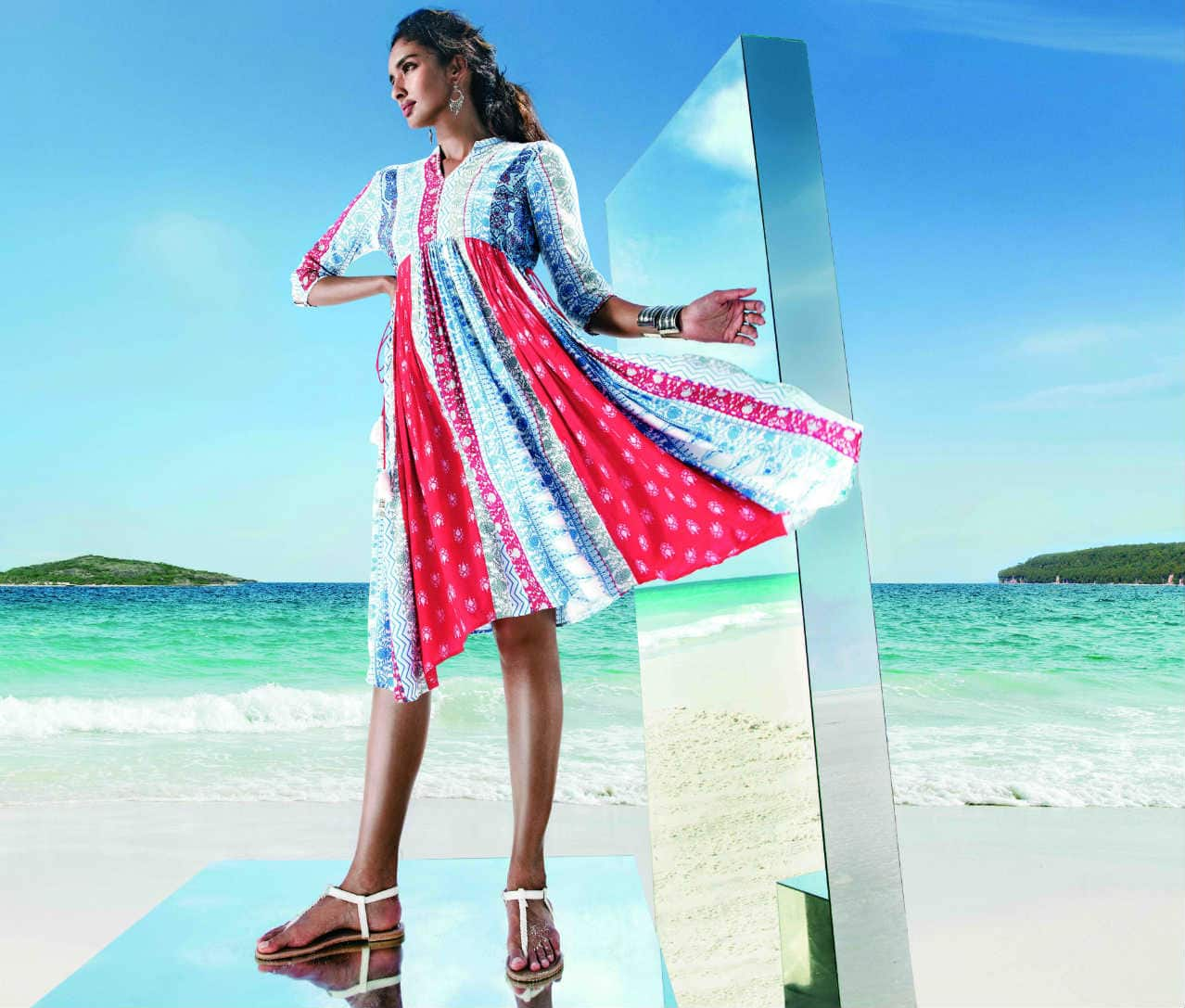
“We strongly believe that brands today have a great role to play in contributing towards a sustainable future. Our association with Livaeco is one such step where we have tried to convert goals to sustainable results. The Yolo Dress tailored in partnership with Livaeco is the perfect style statement this season balancing sustainability and fashion,” said Anant Daga, Managing Director, TCNS Clothing.
Small scale retail labels like Akira Ming, Doodlage and YarnGlory have entered the market to manufacture garments the organic way.
These brands create designs where the manufacturing process uses less energy, natural colours are used for dyeing clothes and they maintain a recycling unit in their supply chain.

“Our Eri silk production entails a non-violent procedure to manufacture silk where the silkworm feeding on the castor leaves are not killed to spin the yarn out of the cocoon,” Designer Anannya Sharma, founder of Yarn Glory which sells Eri silk and Khadi handloom apparels, said.

She added that the apparel under her label are hand woven and hand yarned, and naturally-dyed. The use of agro-products (herbs, fruits, vegetables) in the process generate livelihood for indigent women workers, she noted.
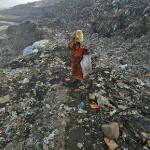
According to the National Climate Change Journal (2018), textile production is one of the most polluting industries and produced 1.2 billion tonnes of greenhouse gas emissions, which is more than the emissions of international flights and maritime shipping put together.
According to the UNFCCC, carbon emissions from the apparel industry is set to cross 60 percent by 2030. In Asian countries like India and China, emerging fashion trends have increased the carbon foot print per garment, due to the use of coal fuelled plants.
In 2016, a McKinsey report on “Style that’s sustainable: A new fast- fashion formula” claimed that fashion was witnessing a major changing in buying trends, with production doubling from 2000 to 2014, and the purchase index of an average consumer increasing by 60 percent.
This has led to a “fast fashion cycle” wherein consumers are purchasing clothes for summer, autumn, spring and winter, which has forced the fashion industry towards unsustainable fashion. Meaning, the industry is producing more synthetic fibres, polyester, nylon waste water and plastic waste.
This rings alarm bells and warrants a shift towards sustainable fashion.
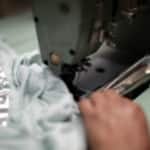
Hazardous fashion trends from fast consumerism has skeletons buried everywhere and low cost cheap production processes need to be curtailed to revive ethical fashion.
Organic fashion needs to be given a major push, considering the increasing number of landfills from waste clothing, water pollution from hazardous chemicals and air pollution from carbon emissions.
In March 2019, the UN Alliance for Sustainable Fashion met to review the impact of the industry across the world, and discussed solutions for the industry’s socio-environmental risk.
The International Trade Centre has set-up the Ethical Fashion Initiative to promote artisans from the developing world; and UN Environment is pushing governments to foster sustainable manufacturing practices.
With growing awareness about climate change, global warming and dumping in the oceans, consumers are getting conscious of what they’re eating and wearing. The Fashion industry is now undergoing a sort of awakening and transitioning into a more sustainable forefront.
This led to the ecologically fashion trend -- Sustainable Fashion industry -- and is emerging as a fast growing market in developing countries.
Organic fashion or ethical fashion trends require a prolonged production process as compared to unsustainable fast fashion, but with change in consumer mind-set, supply chains and retailers are trying hard to dissolve reputation risks by reducing their product’s impact on the environment.

McKinsey’s State of Fashion report marks the ascent of India into the global fashion industry due to Asia’s economic expansion. India will occupy the centre stage in the fashion industry, with a rapidly growing middle class and powerful manufacturing sector.
The Indian apparel market is estimated to cross $59 billion in 2022, making it the sixth largest in the world, according McKinsey’s Fashion Scope.
Moreover, India is set to become one of the most attractive consumer markets outside the Western world moving on from being an important sourcing hub. However, sustainable fashion is a small contributor to the apparel market.
A recent YouGov survey of consumers in India revealed that a majority of shoppers consider a sustainable manufacturing process as a priority while buying fashion items, although material, fit, design and price have a more controlling influence. New data shows that more than 83 percent people consider sustainability while buying fashion products.
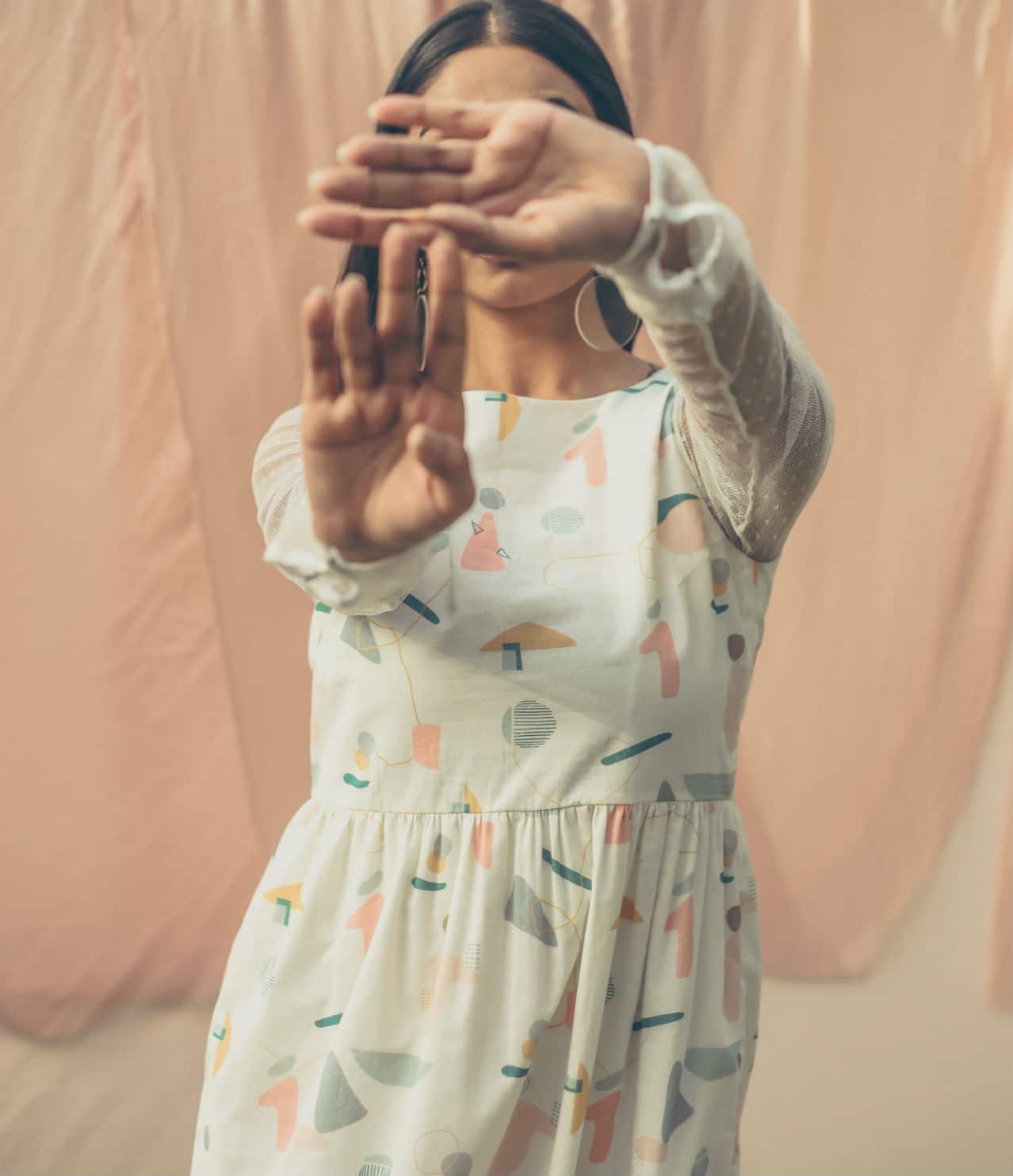
Designer Kriti Tula, founder of Doodlage started working in organic fashion after she witnessed wastage of garments, fabrics and inventory in fashion brands. “Almost 25,000 metres of cloth, fabric leftovers, stitching waste and residue water is released in unsustainable manufacturing units,” she recalled.
Tula processes her leftover fabric to create paper and stationary. Shredded fabric and left over garment are rewoven to maintain the organic nature of her supply chain.

“There is a long way to go in terms of total acceptance and expansion because a holistic approach is missing and competing prices with fast fashion brands is a hindrance, as sustainable goods take time to process,” Kriti said.
According to founder of Brown Boy, Prateek Kayan, the waste from big unsustainable brands is huge and is often not revealed. “McKinsey reported that 66 percent people want to pay more for sustainable apparel now, but this was not the case five years back. There has been a cause transition through dialogue,” he said.
Kayan added that maintaining the sustainable nature of supply chains starts with the designing and ends with recycling of leftovers. His label formulates about 30 designs from up-cycled material left from stitching restrictions.
Divya Ahluwalia, founder of Akira Ming pointed out the importance of design for sustainable apparel. Her label constructs the garments in a way that releases minimal wastage and left overs are donated to various non-governmental organisations to create home accessories like wall hangings etc.

Ahluwalia is of the view that dialogue around environmental damage and climate change has increased over the past couple of years and millennials are understanding the importance and durability of eco- friendly goods.
“Initially I had organised pop-ups and exhibitions to encourage organic fashion trends and explain my brand cause, but now I see that people are aware and they themselves want to buy sustainable fashion items,” said Ahluwalia.